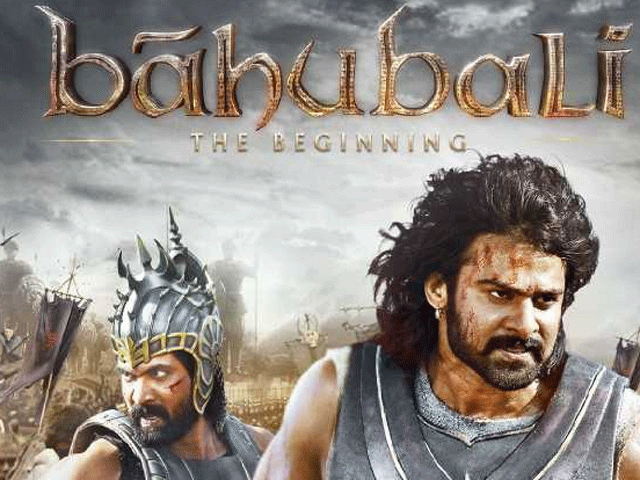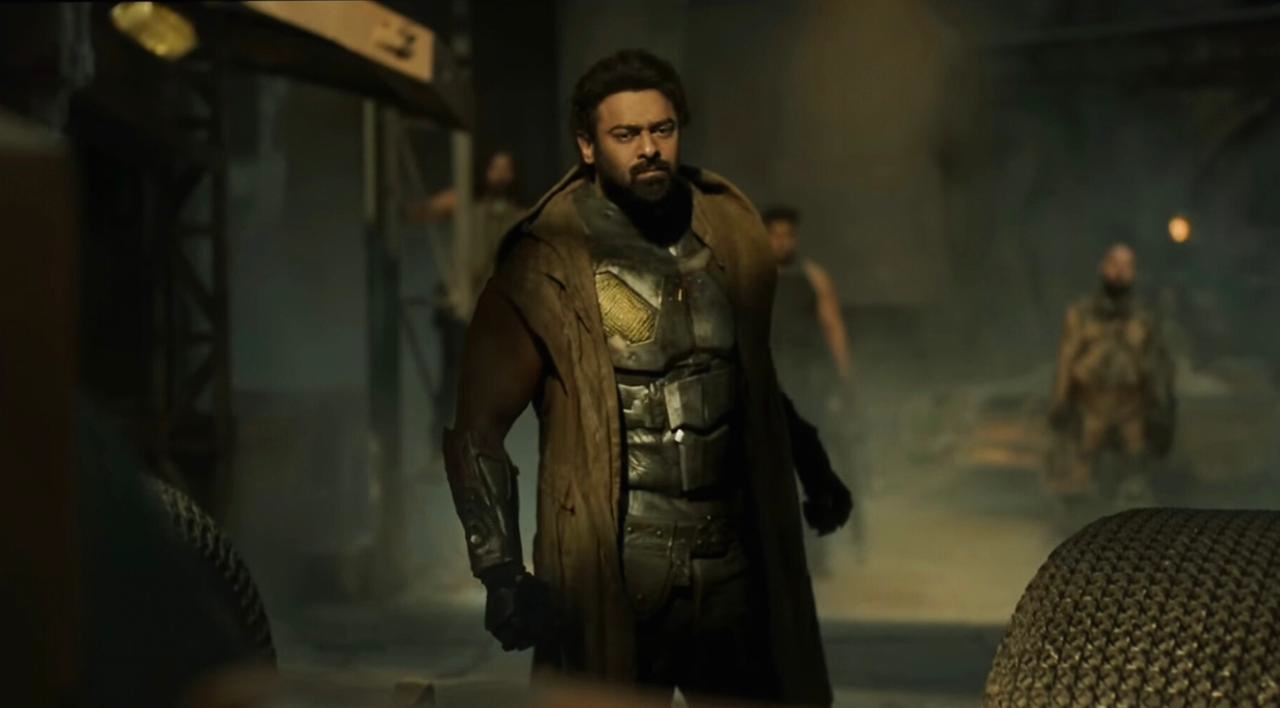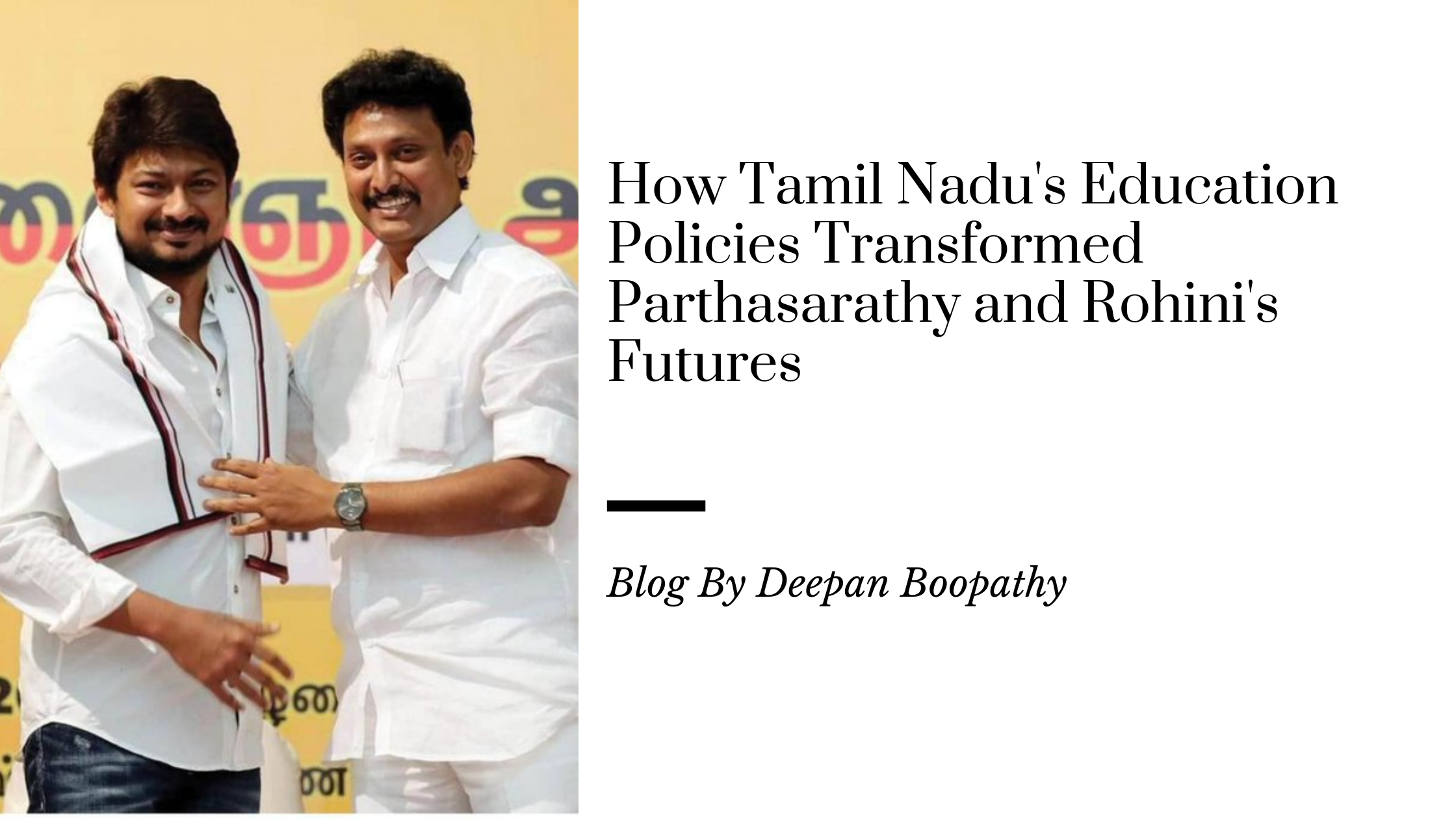As India celebrates over 75 years of independence, it’s an opportunity not just to reflect on our nation’s political journey but also on the evolution of our culture, values, and identity. Indian cinema, particularly the Tamil film industry, has played a pivotal role in this transformation, evolving alongside the country itself. As a Tamil film producer deeply rooted in the industry, I’ve seen firsthand how cinema has not only entertained but also served as a powerful medium for social commentary, cultural preservation, and national identity.
The Early Years: Tamil Cinema in Post-Independence India
Tamil cinema has a rich legacy that predates India’s independence, but it was in the post-1947 era that it began to truly flourish. The late 1940s and 1950s were marked by a wave of films that resonated with the socio-political realities of a newly independent nation. Directors like A. V. Meiyappan and Ellis R. Dungan were instrumental in shaping the early days of Tamil cinema, producing films that were deeply rooted in the region’s culture and ethos.
One of the most significant films of this era was Parasakthi (1952), directed by Krishnan-Panju and written by the legendary M. Karunanidhi. The film was revolutionary, both in its narrative style and its bold portrayal of social issues such as caste discrimination, women’s rights, and religious hypocrisy. Parasakthi was not just a film; it was a statement—a reflection of the social awakening that was beginning to take shape in Tamil Nadu and across India.
This period also saw the rise of M.G. Ramachandran (MGR) and Sivaji Ganesan, two iconic actors whose contributions to Tamil cinema were immense. MGR, in particular, became a symbol of the common man’s struggles and aspirations. His films, often infused with messages of social justice and equality, resonated with the masses and laid the foundation for his eventual political career.
The Golden Age of Tamil Cinema: The 1960s and 1970s
The 1960s and 1970s are often considered the golden age of Tamil cinema. This was a time when the industry saw a surge in artistic excellence, with filmmakers producing works that were both commercially successful and critically acclaimed. The narratives during this period were a reflection of the social and political changes taking place in Tamil Nadu and India as a whole.
Directors like K. Balachander, Bharathiraja, and Balu Mahendra emerged as key figures in this era, bringing with them a fresh perspective on storytelling. K. Balachander’s Aval Oru Thodar Kathai (1974) and Apoorva Raagangal (1975) were groundbreaking films that explored complex human emotions and societal issues with a nuanced, realistic approach. His work was a departure from the traditional melodrama, and it introduced Tamil audiences to more sophisticated, layered narratives.
Bharathiraja, with his debut film 16 Vayathinile (1977), revolutionized Tamil cinema by bringing rural life to the forefront. Until then, most Tamil films were set in urban or semi-urban environments, but Bharathiraja’s portrayal of village life, with all its beauty and challenges, resonated deeply with audiences. His films like Mullum Malarum (1978) and Sigappu Rojakkal (1978) were not just stories; they were visual poetry, reflecting the social dynamics of rural Tamil Nadu.
The 1970s also saw the rise of Rajinikanth and Kamal Haasan, two actors who would go on to dominate Tamil cinema for decades. Their unique styles, along with their ability to connect with audiences across different strata of society, made them cultural icons. Rajinikanth’s larger-than-life persona and Kamal Haasan’s versatility as an actor reflected the changing tastes and aspirations of the Tamil audience.
The 1980s and 1990s: The Era of Experimentation and Expansion
The 1980s and 1990s were transformative decades for Tamil cinema. This was a period of experimentation, as filmmakers began to explore new themes, genres, and storytelling techniques. The socio-political landscape of Tamil Nadu during this time was also evolving, and this was reflected in the films of the era.
Mani Ratnam emerged as one of the most influential filmmakers of this period. His films like Nayakan (1987), Roja (1992), and Bombay (1995) were not only commercially successful but also critically acclaimed for their innovative narrative structures and their exploration of complex socio-political themes. Roja, in particular, was a landmark film that brought the issue of terrorism in Kashmir to the forefront, while also showcasing the technical prowess of Tamil cinema on a national stage.
The 1990s also saw the liberalization of the Indian economy, which had a profound impact on Tamil cinema. The rise of the urban middle class and the increasing influence of global culture were reflected in the films of this era. Filmmakers began to explore more contemporary themes, and there was a noticeable shift towards films that catered to the tastes of a younger, more cosmopolitan audience.
Shankar, another visionary director, emerged during this period with films like Gentleman (1993) and Indian (1996). His films, known for their grand scale and social messages, reflected the aspirations of a new, confident India that was ready to take on the world. Shankar’s ability to blend commercial elements with strong narratives made him one of the most successful directors of the era.
The 2000s and Beyond: The Globalization of Tamil Cinema
As we entered the 21st century, Tamil cinema continued to evolve, with filmmakers pushing the boundaries of storytelling and embracing new technologies. The advent of digital filmmaking and the rise of multiplexes changed the way films were made and consumed, leading to a more diverse and dynamic industry.
The 2000s saw the rise of new-age filmmakers like Gautham Vasudev Menon, Selvaraghavan, and Vetrimaaran, who brought a fresh perspective to Tamil cinema. Gautham Menon’s Kaakha Kaakha (2003) and Vettaiyaadu Vilaiyaadu (2006) redefined the action thriller genre, while Selvaraghavan’s Kadhal Kondein (2003) and Pudhupettai (2006) explored the darker, more complex aspects of human relationships and society.
Vetrimaaran, with films like Aadukalam (2011) and Visaranai (2015), has been instrumental in bringing a raw, realistic style to Tamil cinema. His work is a reflection of the socio-political realities of contemporary Tamil Nadu, tackling issues such as caste discrimination, police brutality, and the struggles of the marginalized.
The 2010s also witnessed the globalization of Tamil cinema, with films like Baahubali and Enthiran (2010) gaining international recognition. These films showcased the technical and creative capabilities of the industry, placing Tamil cinema on the global map.
As a producer, I have had the privilege of being part of this dynamic industry during a time when content is king, and the audience is more discerning than ever. The success of films like Puriyatha Puthir and Pizza 2 has shown that there is a growing appetite for innovative storytelling that challenges traditional norms and explores complex themes. The Tamil audience today is more diverse and sophisticated, and they are hungry for content that not only entertains but also provokes thought and discussion.
Tamil Cinema Today: A Blend of Tradition and Modernity
Today, Tamil cinema stands at the crossroads of tradition and modernity. While the industry continues to produce films that are rooted in the cultural and social fabric of Tamil Nadu, there is also a growing trend towards more global narratives and experimental storytelling. The rise of OTT platforms has further democratized the industry, allowing filmmakers to reach a global audience and experiment with new formats and genres.
One of the most exciting developments in recent years has been the resurgence of content-driven cinema. Films like Kaithi (2019), Super Deluxe (2019), and Jai Bhim (2021) have been lauded for their bold narratives and strong performances, proving that Tamil cinema is capable of producing world-class content that resonates with audiences both in India and abroad.
At the same time, the industry continues to honor its rich legacy, with filmmakers often paying homage to the giants of the past while pushing the boundaries of what cinema can achieve. This blend of tradition and innovation is what makes Tamil cinema so unique and powerful.
Conclusion: Tamil Cinema as a Reflection of India’s Journey
Over the past 75+ years, Tamil cinema has not only reflected the socio-political changes in Tamil Nadu but has also contributed to the broader narrative of Indian cinema. From the early days of post-independence optimism to the modern era of globalized storytelling, Tamil cinema has chronicled the journey of a region and a nation, capturing the hopes, dreams, and struggles of its people.
As we look to the future, I believe Tamil cinema will continue to evolve and innovate, staying true to its roots while embracing new ideas and technologies. The industry’s ability to adapt to changing times, while maintaining its cultural integrity, will be key to its continued success.
I am proud to be part of an industry that continues to inspire, challenge, and entertain, and I look forward to contributing to the next chapter of cinema’s remarkable journey.




